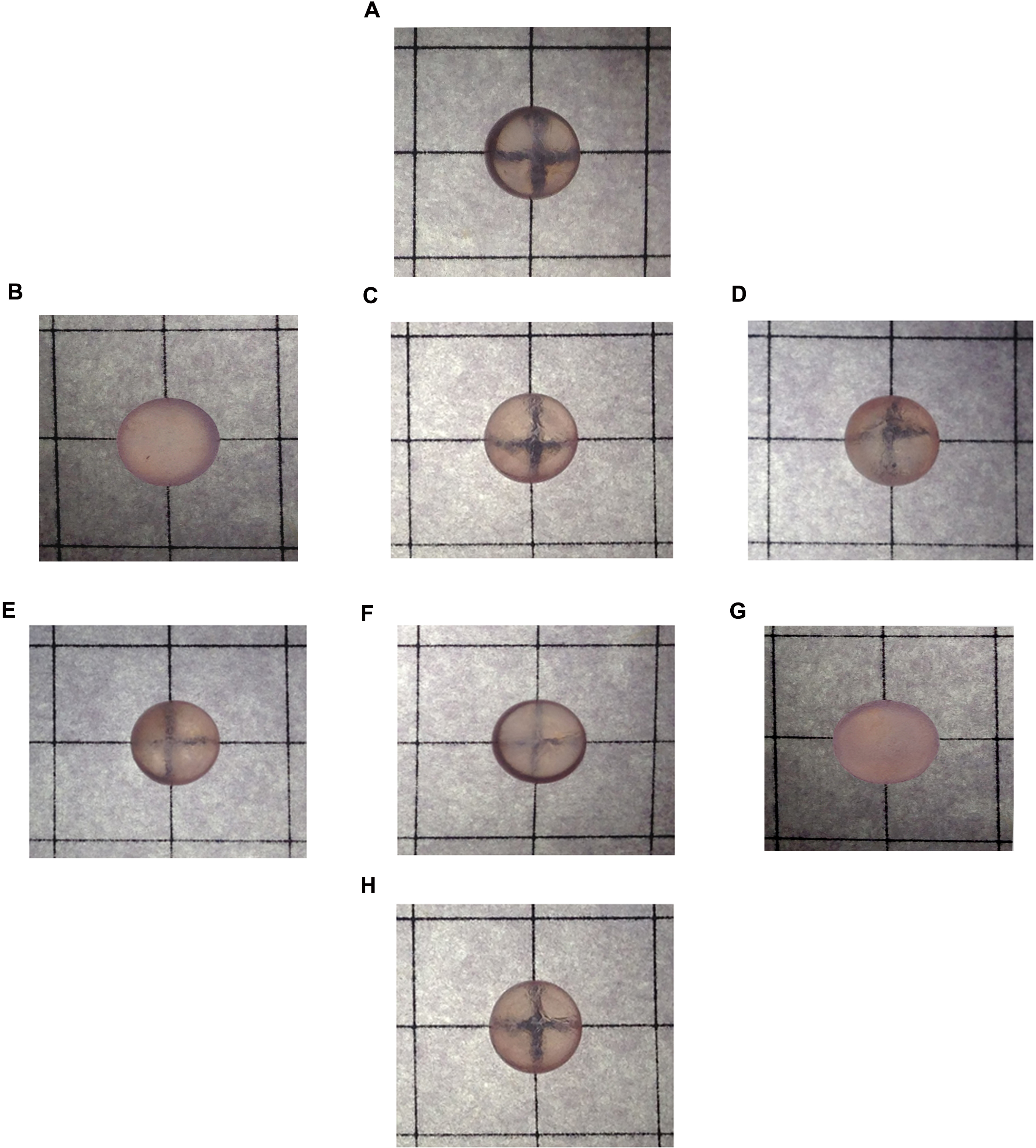Figure 2. In vitro study on Wistar rat lenses cultured in Dulbecco’s modified Eagle’s medium: Morphological assessment of lenticular
opacification after 24 h incubation
A: Normal lenses incubated in Dulbecco’s modified Eagle’s medium (DMEM) alone (control; Group I). Grade 0 opacification (the
absence of opacification [gridlines clearly seen]) in all eight lenses.
B: Lenses incubated in DMEM that contained sodium selenite (100 μM selenite/ml of DMEM; selenite-challenged, untreated; Group
II). Grade +++ opacification (extensive thick opacification involving the entire lens [total clouding of gridlines; gridlines
not seen at all]) in all eight lenses.
C: Lenses incubated in DMEM and simultaneously exposed to sodium selenite (100 μM selenite/ ml of DMEM) and chrysin (200 μM
chrysin/ml of DMEM) selenite-challenged simultaneously chrysin-treated; Group IIIa). Grade + opacification (slight degree
of opacification [minimal clouding of gridlines; gridlines still visible]) in one of the eight lenses.
D: Lenses first incubated for 2 h in DMEM that contained only chrysin (200 μM chrysin/ml of DMEM) and then for up to 24 h in
fresh DMEM that contained only sodium selenite (100 μM selenite/ml of DMEM; 2 h chrysin pretreatment, subsequent selenite-challenge;
Group IIIb). Grade ++ opacification (diffuse opacification involving almost the entire lens (moderate clouding of gridlines
[gridlines faintly visible]) in all three lenses.
E: Lenses first incubated for 30 min in DMEM that contained only sodium selenite (100 μM selenite/ml of DMEM) and then for
up to 24 h in fresh DMEM that contained only chrysin (200 μM chrysin/ml of DMEM; initial selenite-challenge [30 min], subsequent
chrysin treatment; Group IIIc). Grade + opacification (slight degree of opacification [minimal clouding of gridlines; gridlines
still visible]) in all three lenses.
F: Lenses first incubated for 1 h in DMEM that contained only sodium selenite (100 μM selenite/ml of DMEM) and then for up
to 24 h in fresh DMEM that contained only chrysin (200 μM chrysin/ml of DMEM; initial selenite-challenge [
1 h], subsequent chrysin treatment; Group IIId). Grade ++ opacification; diffuse opacification involving almost the entire lens
(moderate clouding of gridlines [gridlines faintly visible]) in all three lenses.
G: Lenses first incubated for 2 h in DMEM that contained only sodium selenite (100 μM selenite/ml of DMEM) and then for up
to 24 h in fresh DMEM that contained only chrysin (200 μM chrysin/ml of DMEM; initial selenite-challenge [
2 h], subsequent chrysin treatment; Group IIIe). Grade +++ opacification (extensive thick opacification involving the entire
lens [total clouding of gridlines; gridlines not seen at all]) in all three lenses.
H: Lenses incubated in DMEM that contained only chrysin (200 μM chrysin/ml of DMEM; Group IV). Grade 0 opacification (absence
of opacification [gridlines clearly seen]) in all three lenses.
 Figure 2 of
Sundararajan, Mol Vis 2016; 22:401-423.
Figure 2 of
Sundararajan, Mol Vis 2016; 22:401-423.  Figure 2 of
Sundararajan, Mol Vis 2016; 22:401-423.
Figure 2 of
Sundararajan, Mol Vis 2016; 22:401-423. 